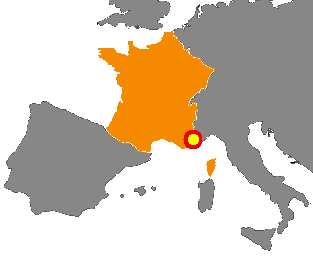Synaptic Plasticity
Neural networks show amazing abilities for information storage and processing, and stimulus-dependent activity shaping, to evolve and adapt. These capabilities are mainly conditioned by plasticity mechanisms, and especially synaptic plasticity, inducing a mutual coupling between network structure and neuron dynamics. Synaptic plasticity occurs at many levels of organization and time scales in the nervous system (Bienenstock, Cooper, and Munroe, 1982). It is of course involved in memory and learning mechanisms, but it also alters excitability of brain area and regulates behavioural states (e.g. transition between sleep and wakeful activity). Therefore, understanding the effects of synaptic plasticity on neurons dynamics is a crucial challenge. On experimental grounds, different synaptic plasticity mechanisms have been exhibited from the Hebbian’s ones (Hebb, 1949) to Long Term Potentiation (LTP) and Long Term Depression (LTD), and more recently to Spike Time Dependent Plasticity (STDP) (Markram, Lubke, Frotscher, and Sakmann, 1997; Bi and Poo, 2001). Synaptic plasticity implies that activity guides the way synapses evolve; but the resulting connectivity structure in turn can raise new dynamical regimes. This interaction becomes even more complex if the considered basic architecture is not feed-forward but includes recurrent synaptic links, like in cortical structures. Understanding this mutual coupling between dynamics and topology and its effects on the computations made by the network is a key problem in computational neuroscience.
Our group is developing mathematical and numerical methods to analyse this mutual interaction. Especially, we have shown that plasticity mechanisms, Hebbian-like or STDP, have strong effects on neuron dynamics complexity, such as dynamics complexity reduction, and spike statistics (convergence to a specific Gibbs distribution via a variational principle), resulting in a rsponse-adaptation of the network to learned stimuli. Also, we are currently studying the conjugated effects of synaptic and intrinsic plasticity in collaboration with biologists in Jussieu, Paris.
